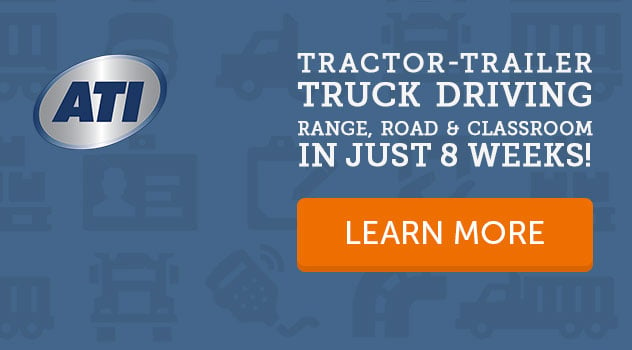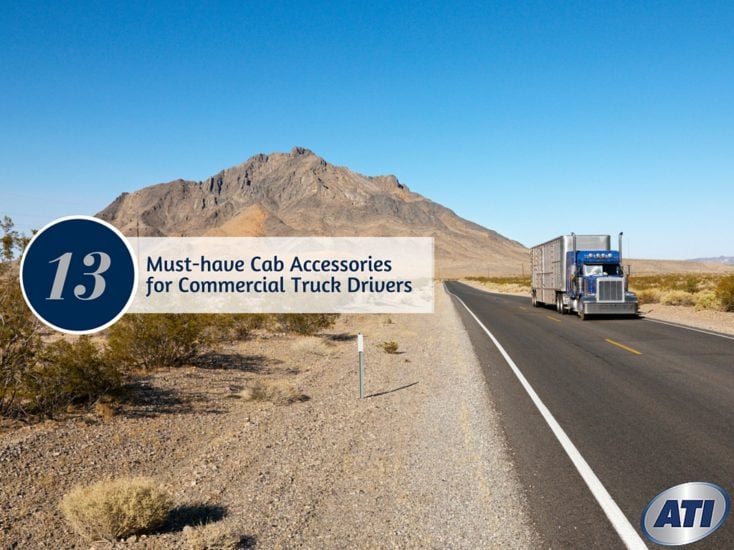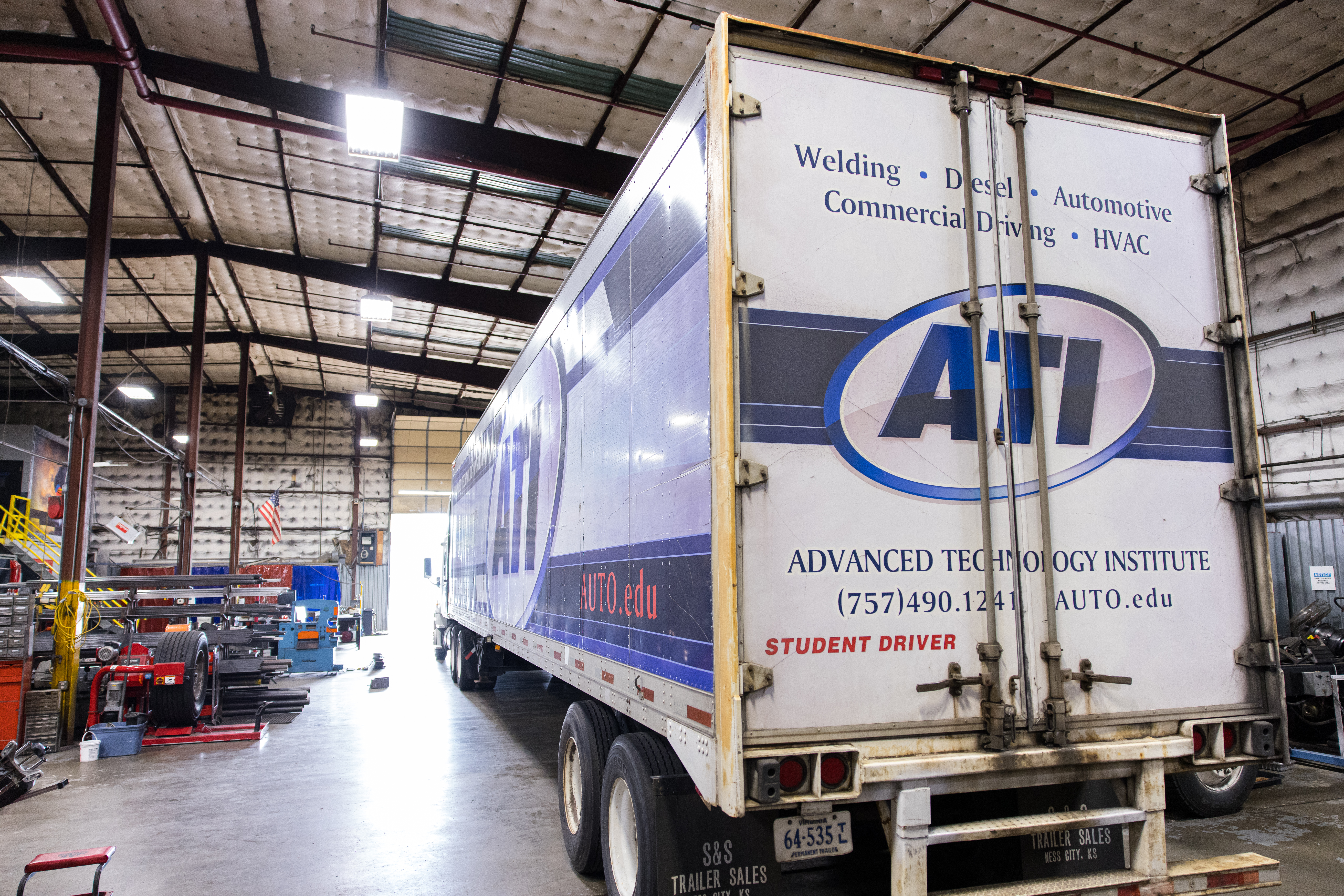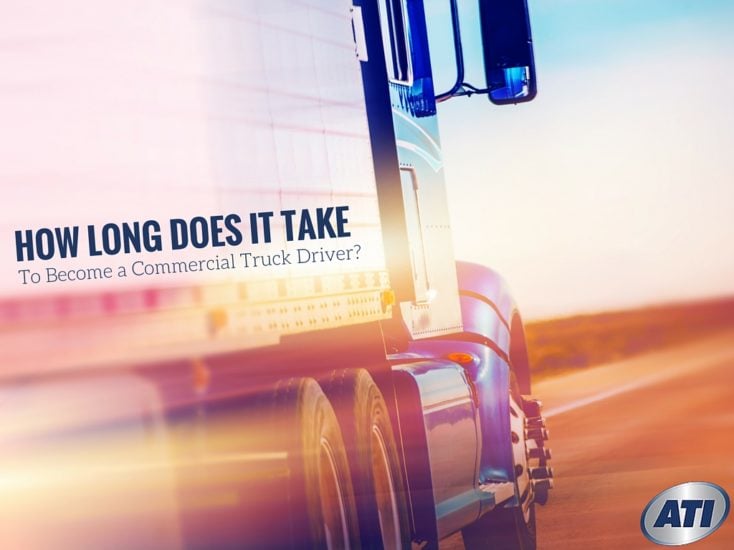10 Top Paying Truck Driving Specialties for Commercial Truck Drivers

Commercial truck driving has generated major buzz with such TV shows as “Ice Road Truckers,” where drivers perform what may be the most dangerous truck driving in North America, traversing frozen lakes and navigating ice-clad roads in winter. Truck drivers with the skills to successfully deliver the goods under such conditions undoubtedly earn top dollar for their courage, but fortunately, not all well-paying commercial trucking jobs require such death-defying feats.
Commercial truck drivers are always in demand. The field offers many opportunities, from driving the big rigs across country, to driving a delivery truck across town. An enjoyment of driving and a willingness to learn how to operate a commercial vehicle will get you started on a career in commercial truck driving, but you will also need a commercial driver’s license (CDL) and, to work for most companies, some on-the-road training that may be gained through a certification program.
Commercial Truck Driving Salary & Future Growth
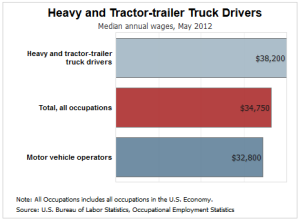 According to the Bureau of Labor Statistics, employment in commercial truck driving is likely to grow 11 percent from 2012 to 2022. It’s expected that as demand for goods increases, so will the demand for truck drivers to keep the goods moving. According to the Bureau of Labor Statistics, the median annual salary for heavy and tractor-trailer trucks drivers was $38,200 annually in 2012.
According to the Bureau of Labor Statistics, employment in commercial truck driving is likely to grow 11 percent from 2012 to 2022. It’s expected that as demand for goods increases, so will the demand for truck drivers to keep the goods moving. According to the Bureau of Labor Statistics, the median annual salary for heavy and tractor-trailer trucks drivers was $38,200 annually in 2012.
Often, the pay is higher for the type of driving that requires extra skills. Drivers for these types of jobs generally need a Class A license, which is required to drive bigger vehicles. Class B CDLs are usually needed for transporting people and smaller loads.
Truck Driving Specialties
If you’ve been thinking you might have what it takes to work as a commercial truck driver, you’re probably curious about what specialties exist in the field. Following is a rundown of some of the typical loads that a driver might be hired to haul.
- Refrigerated container (also called a “reefer”). These units have air conditioners at the front of the trailer. They haul freight that must be kept at a certain temperature to preserve food or goods. Extra skills are required.
- Dry van. The most common job for the new driver, dry van pulling entails hauling non-perishable goods.
- Flatbed loads. These loads are pulled on open trailers, and include many kinds of freight, from airplanes to boats to wind turbine equipment. The open trailer requires more care in securing the load, so often, this type of trucker will earn more.
- Tankers. Tankers haul anything from milk to gasoline, hazardous chemicals or orange juice. They might also haul dry goods such as sugar or cement. It takes special training to haul liquids, as tankers can turn over more easily while carrying them, so often the pay is higher.
- Freight hauler. This is a wide term that can encompass pulling a “reefer” or dry freight.
- Bull hauler. These drivers haul livestock to market.
- Container hauler. These truckers pull train containers full of goods from port to delivery.
- Auto hauler. There are special skills involved with this kind of hauling so often the pay is higher.
- Local trucking. Some local trucking jobs can pay very well, but these jobs are usually in high demand from truckers who like to be home at night. These jobs usually require experience.
- Class B driving. Jobs that don’t require a Class A license usually pay by the hour, so drivers may make less, but jobs are usually in good supply. Drivers can drive smaller trucks, buses, tow trucks and other vehicles with a Class B license. These jobs might include route trucking.
Some long haul drivers go into business for themselves by buying or leasing a truck. Called owner/operators, these drivers must perform their own administrative tasks and find their own clients.
Becoming a Commercial Truck Driver
The path to becoming a commercial truck driver starts with having a valid state driver’s license. It’s also helpful to have a high school diploma or the equivalent. Enrollment in a commercial truck driving program will then put the student on the path toward obtaining a CDL.
Most programs offer a classroom module, where the student is prepared for the written portion of the CDL exam. The student studies driving safety, transportation of hazardous materials, vehicle maintenance, trip planning, substance abuse and operational procedures. In the driving module, students learns how to back, park and shift tractor trailer vehicles. Upon successful completion of the program, the student will be ready to obtain a Class A CDL.
I am truly enjoying my time at ATI next may i graduate with a degree. ATI was a smart choice and the instructors are…
Posted by Jason King on Tuesday, June 29, 2010
Want to know more about Advanced Technology Institute’s Heavy Vehicle Technology with Commercial Driving program? Contact one of our representatives and learn how you could finish your program and obtain your CDL in as little as three months. Contact us at 800-468-1093 or request information online today.
DISCLAIMER – Advanced Technology Institute (ATI) makes no claim, warranty or guarantee as to actual employability or earning potential to current, past or future students or graduates of any educational program offered. The Advanced Technology Institute website is published for informational purposes only. Every effort is made to ensure the accuracy of information contained on the AUTO.edu domain; however, no warranty of accuracy is made. No contractual rights, either expressed or implied, are created by its content.
For more information about Advanced Technology Institute or any of our programs click here: http://www.auto.edu/ or http://ow.ly/VoydP.
Industry Knowledge
Welcome to the Advanced Technology Institute's Blog, your resource for industry insights and discussions on technologies shaping the future of automotive, heavy vehicle, hvac, welding, and other related career paths.
Explore how ATI's curriculum and hands-on learning opportunities can propel your career in the tech-driven world.
